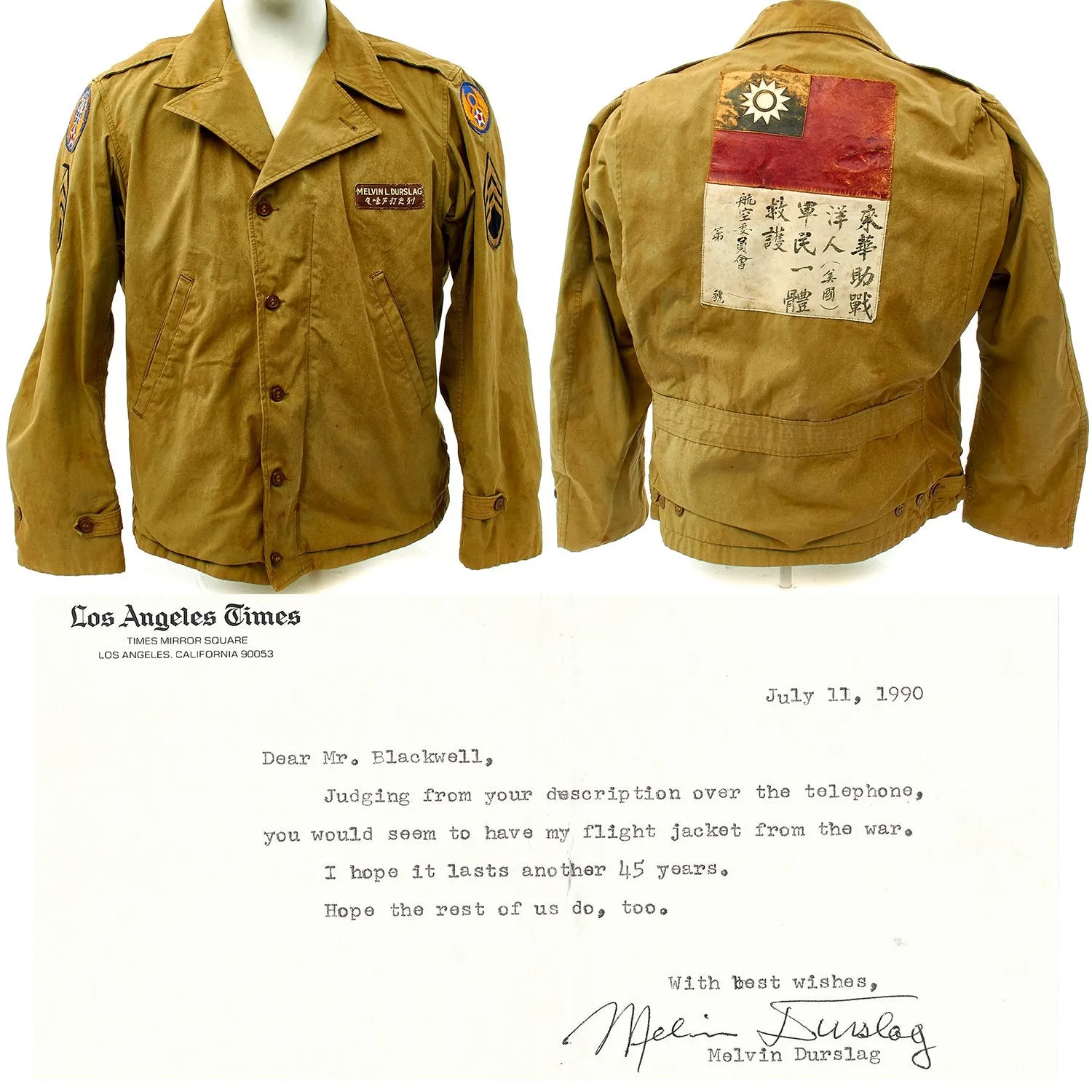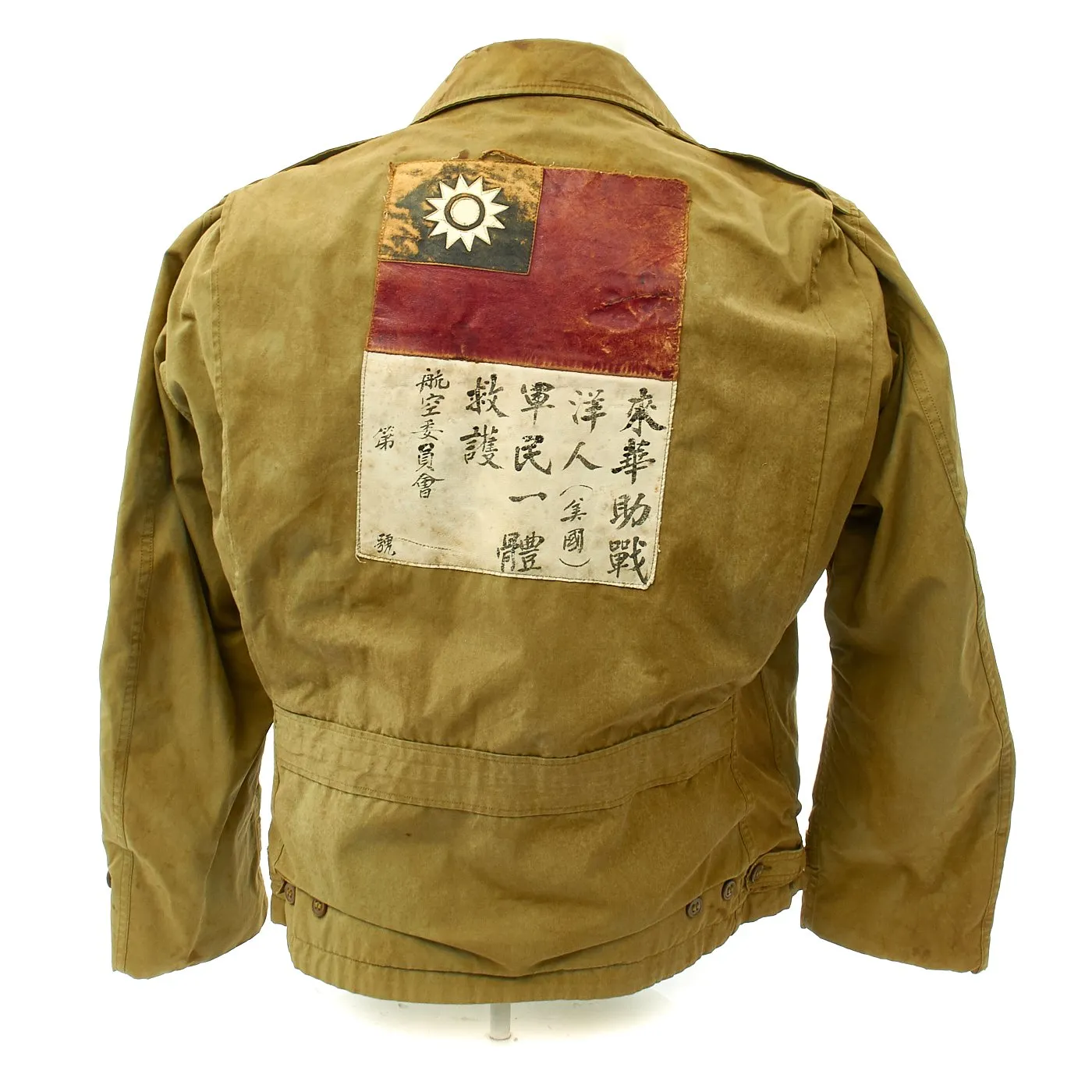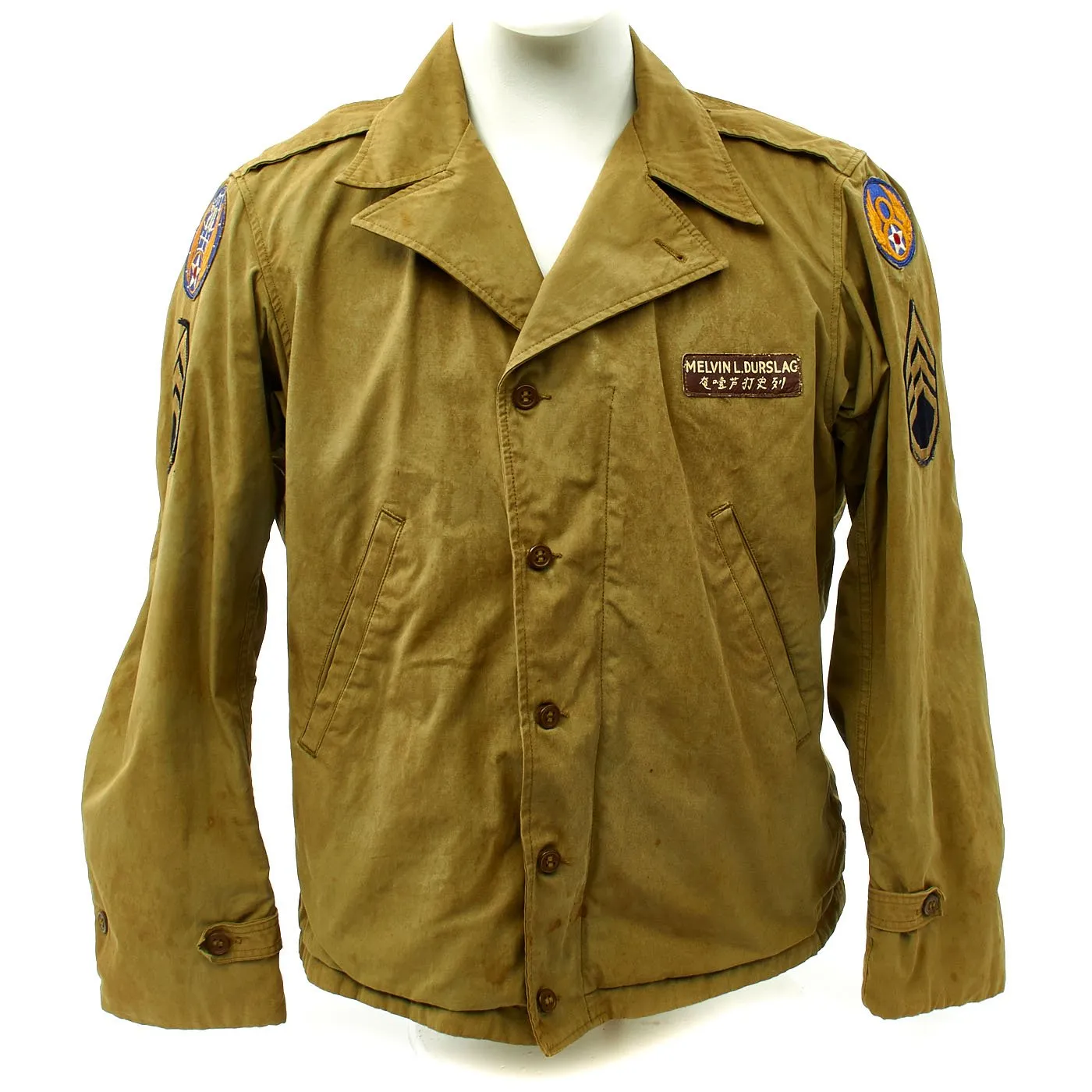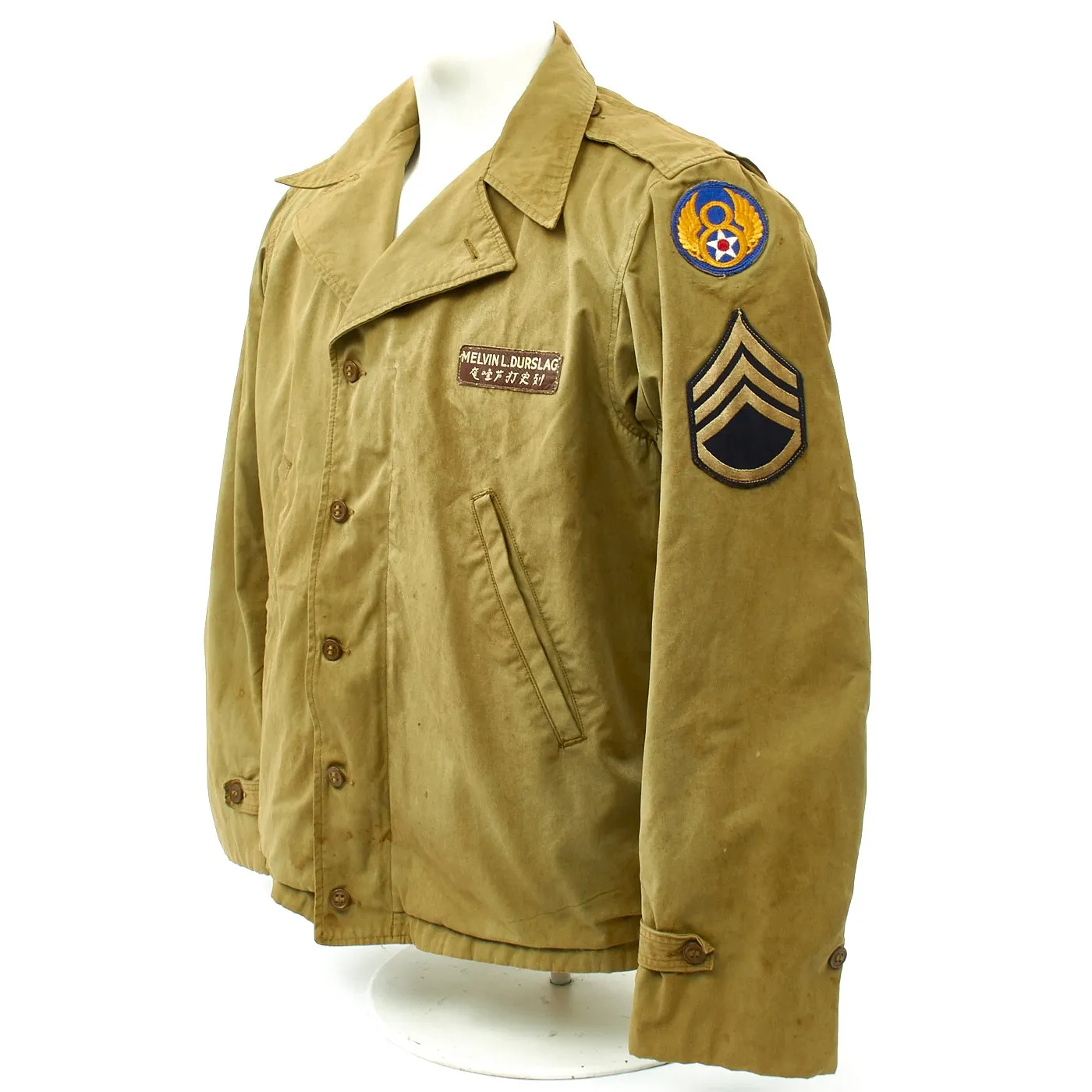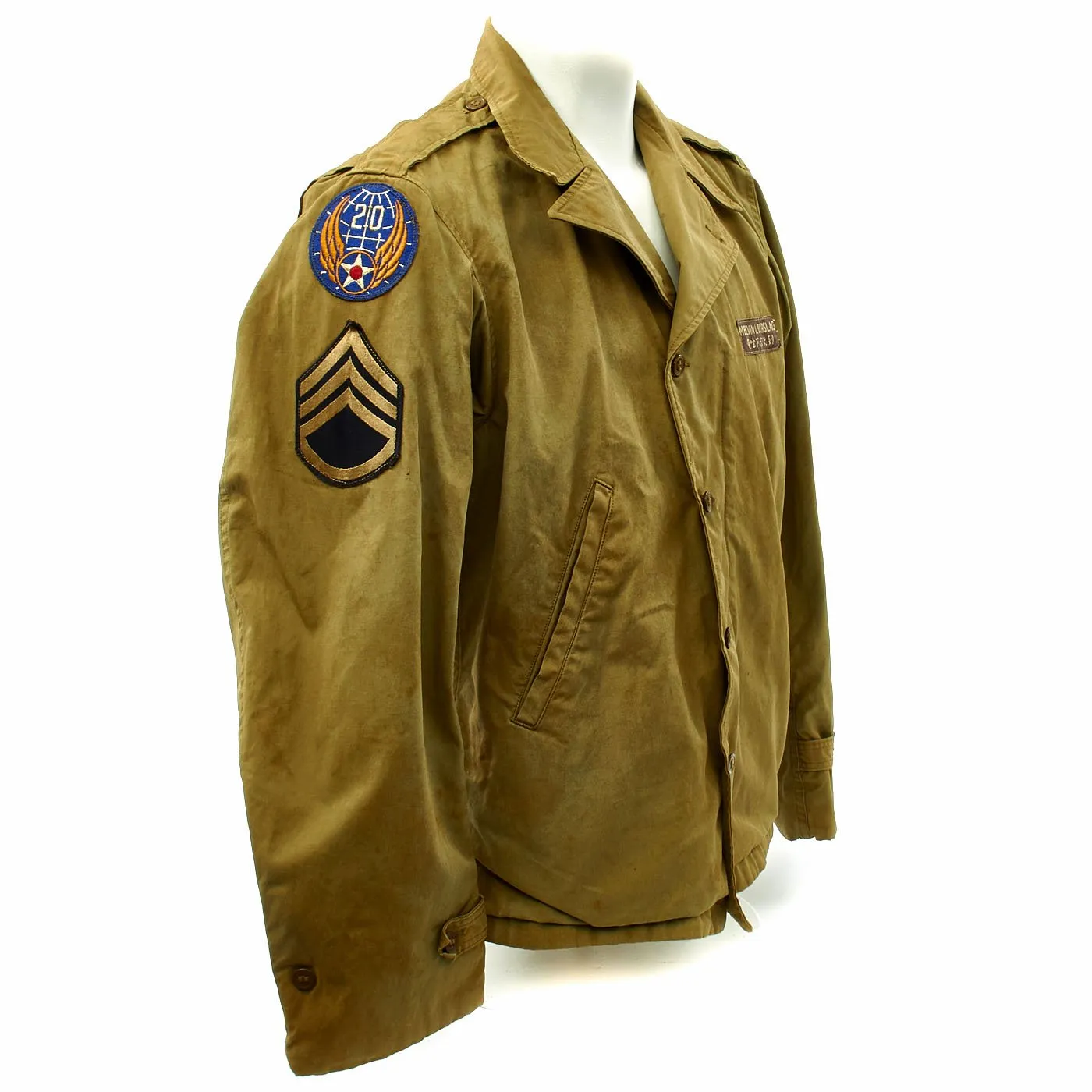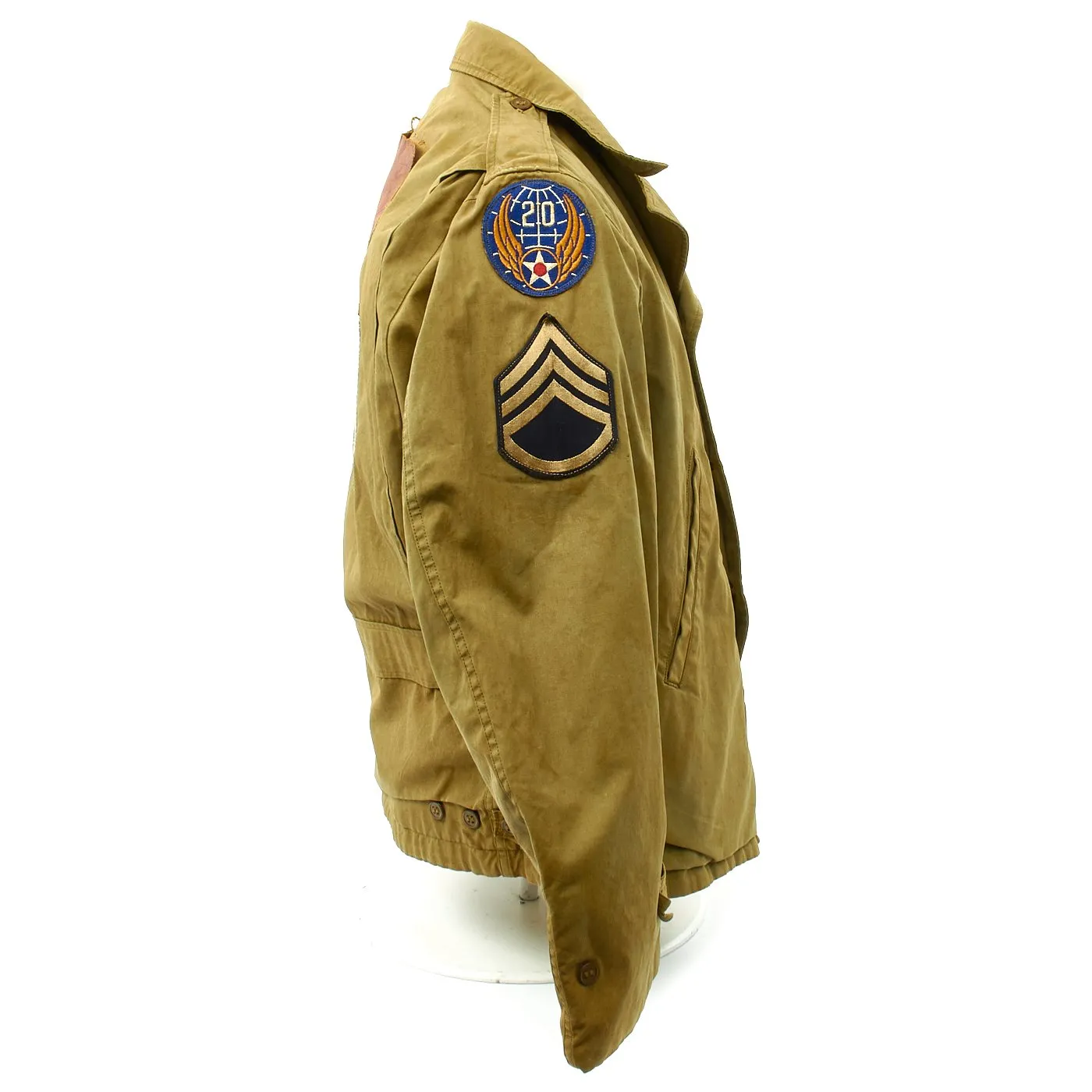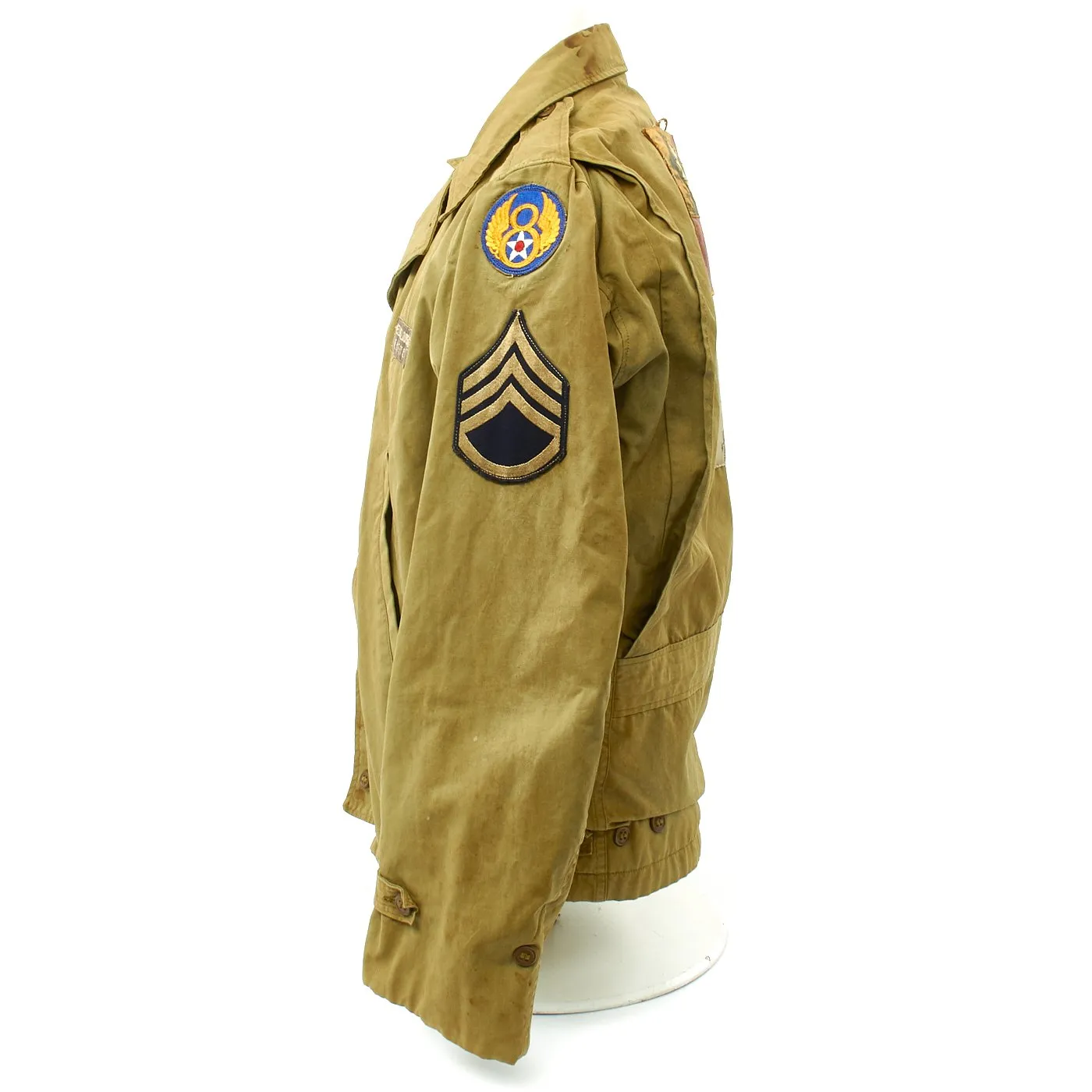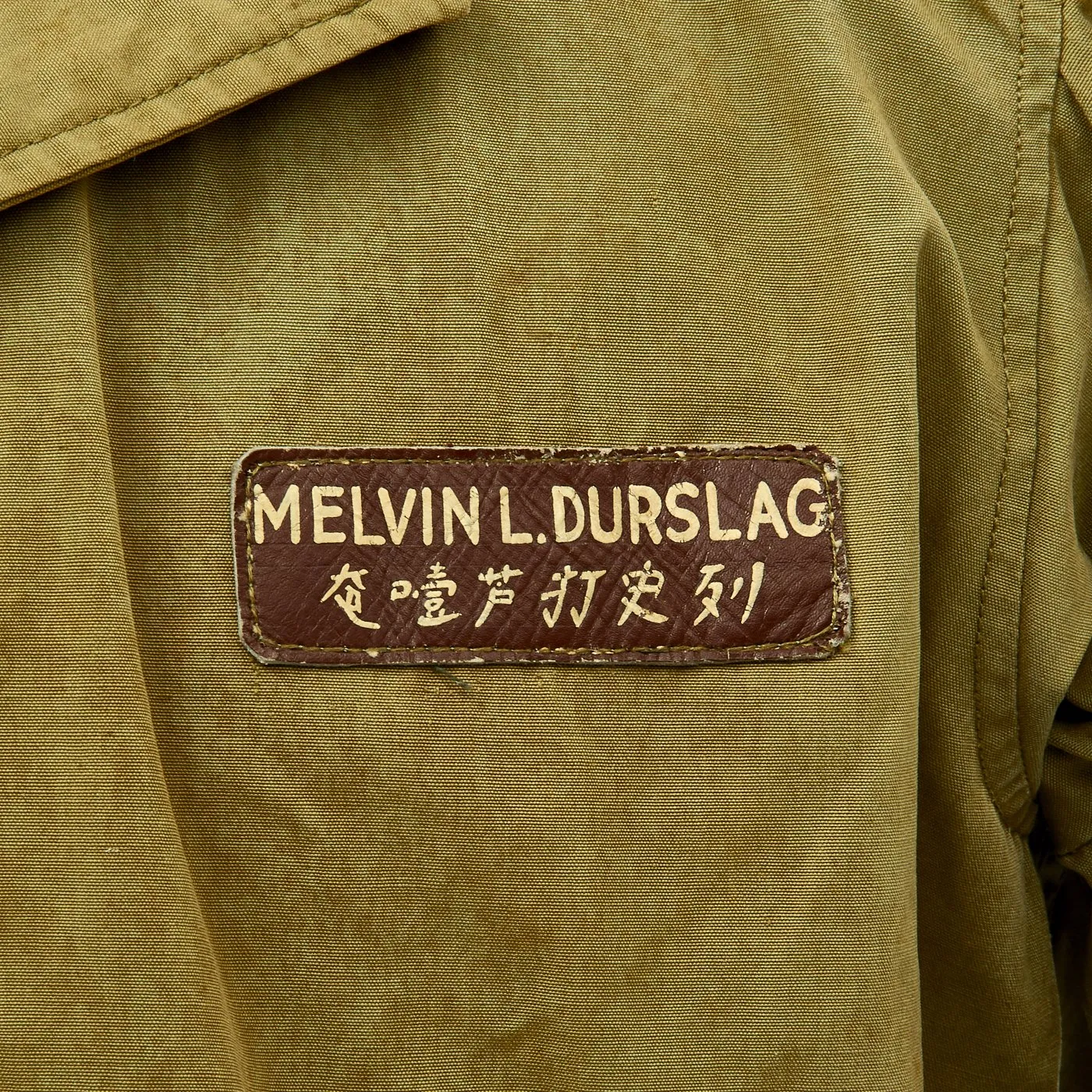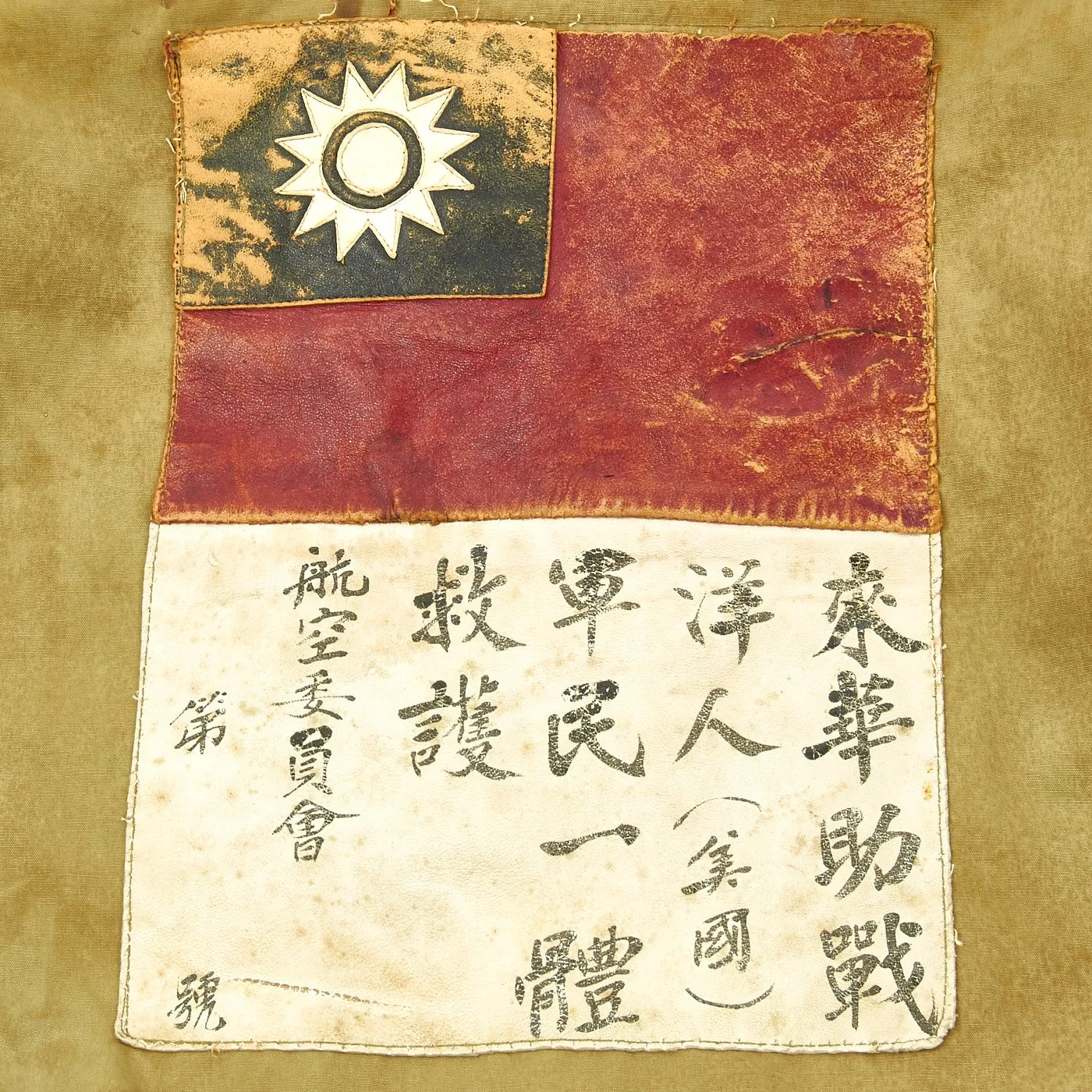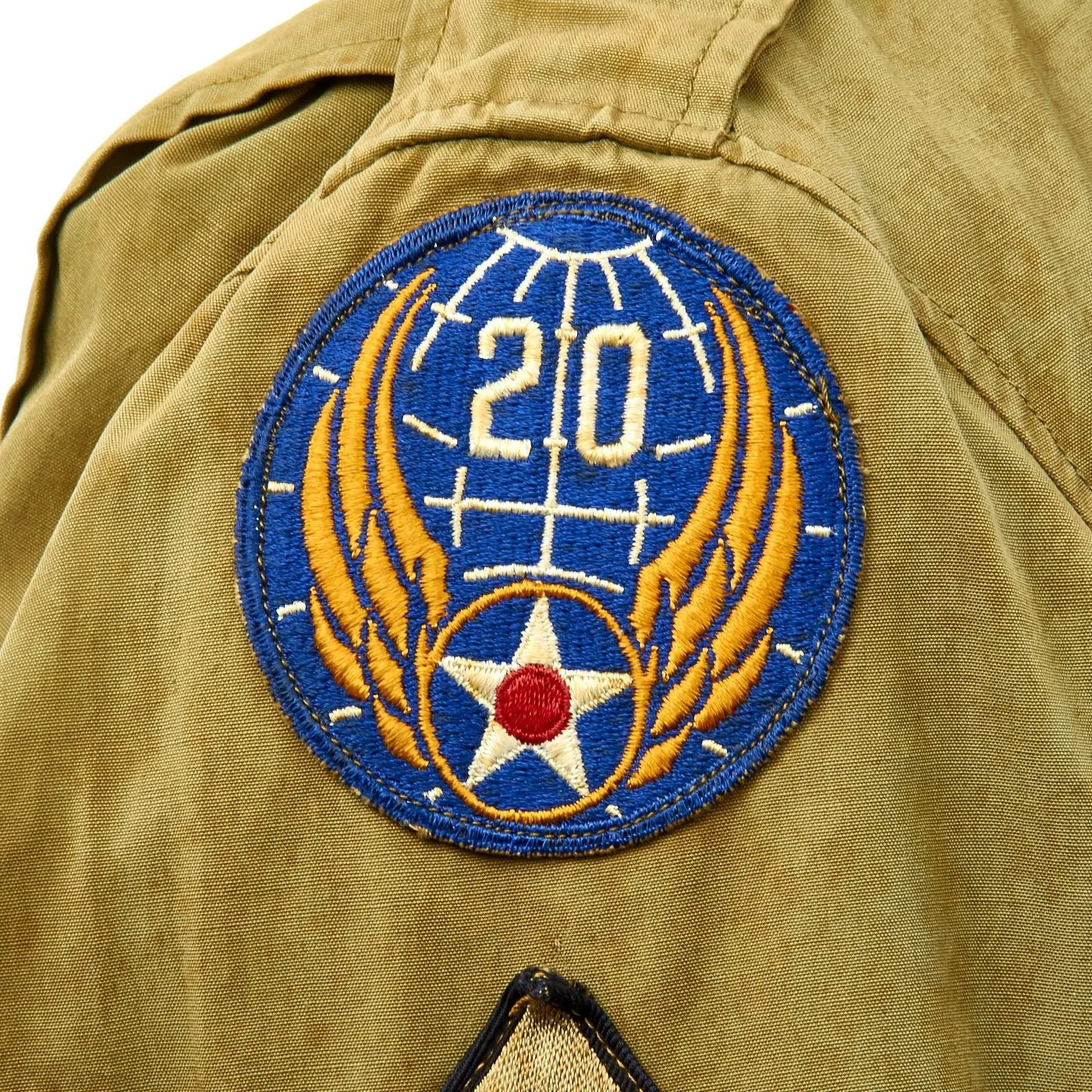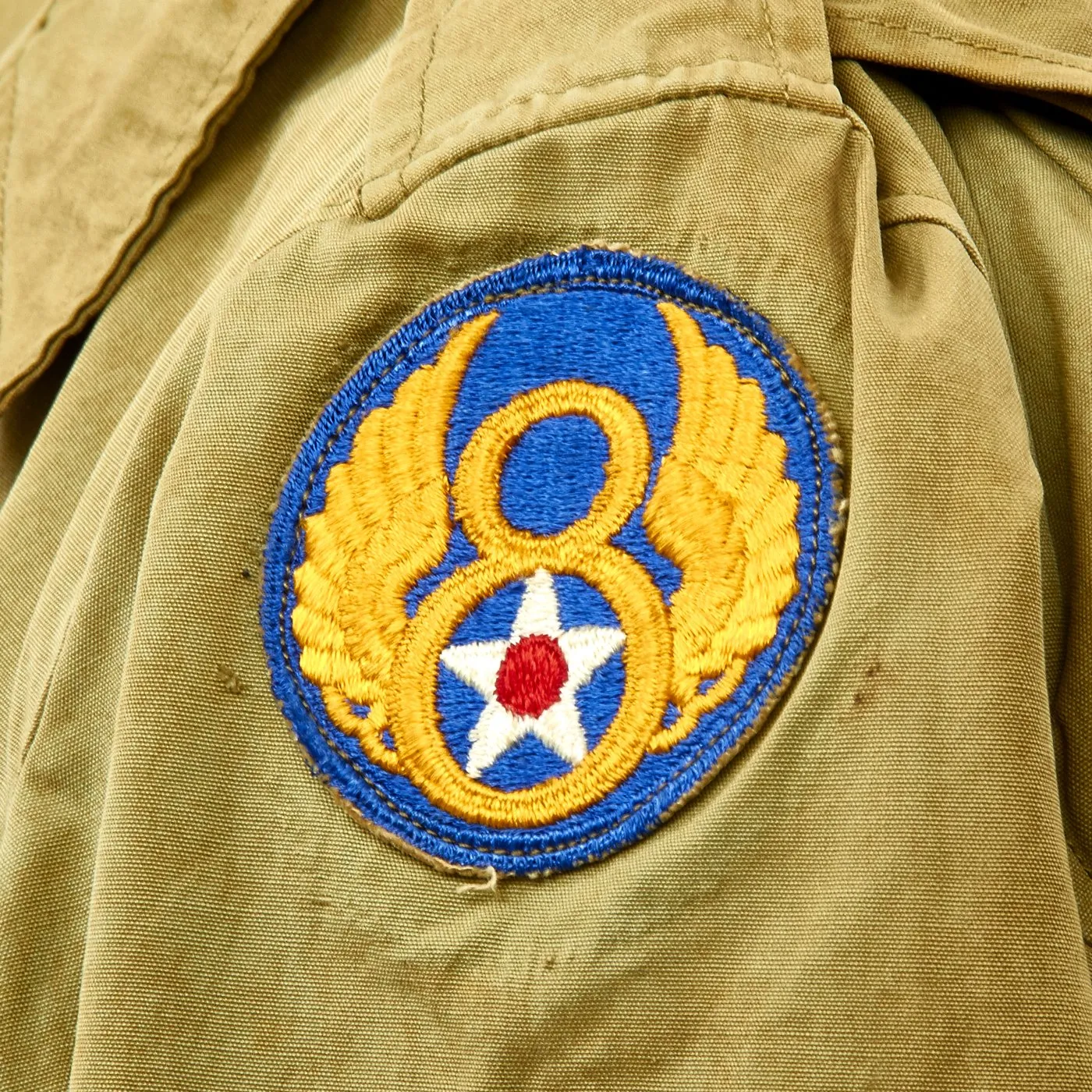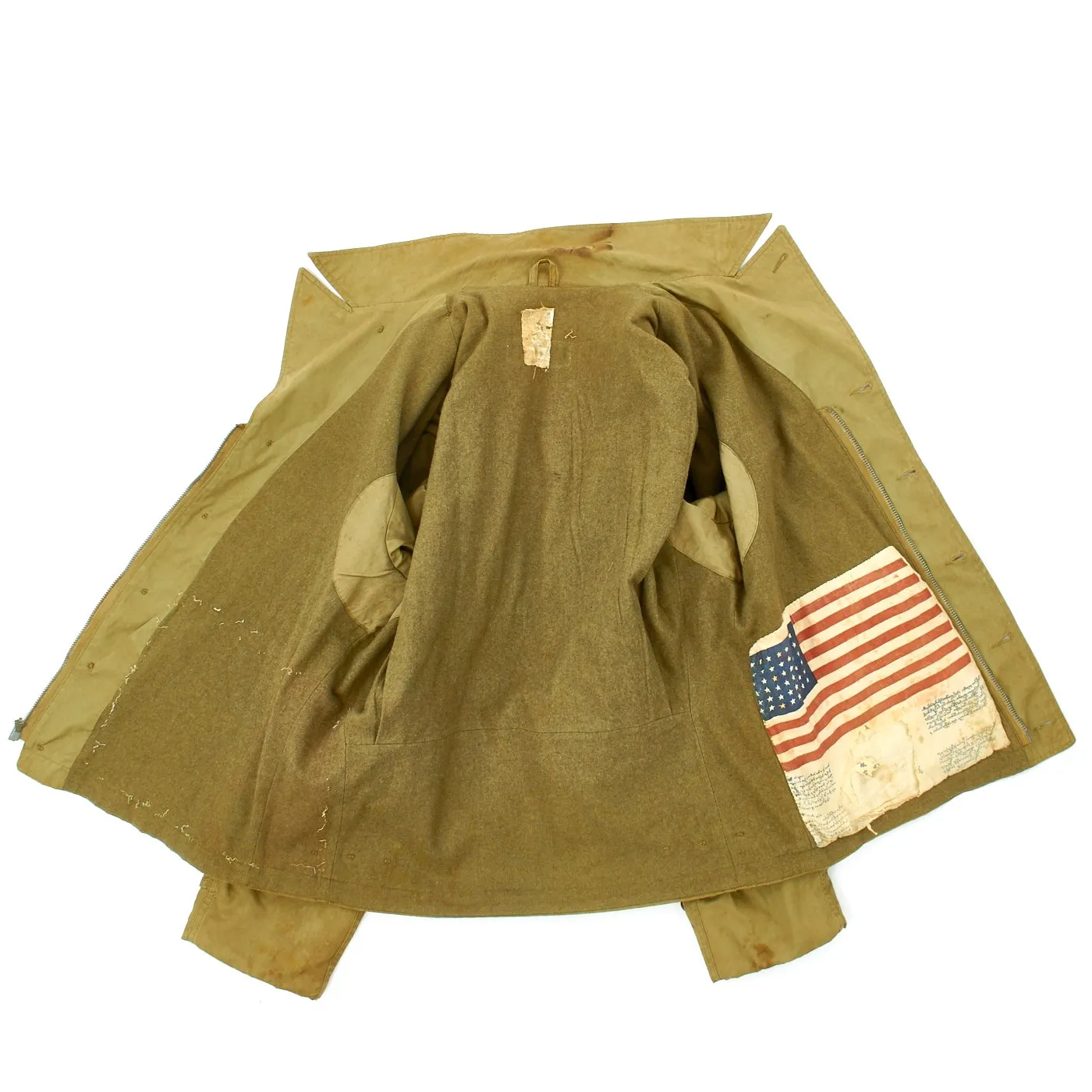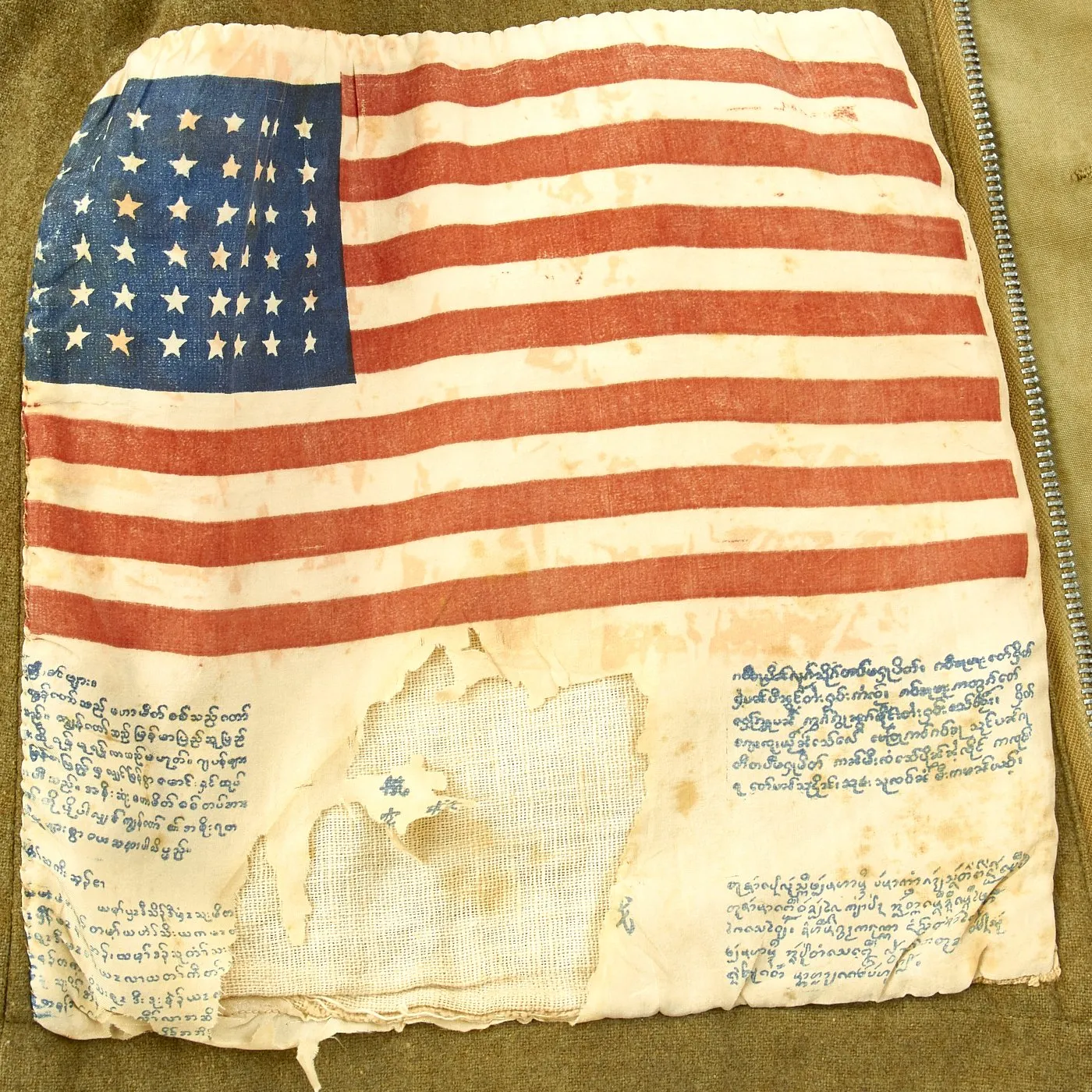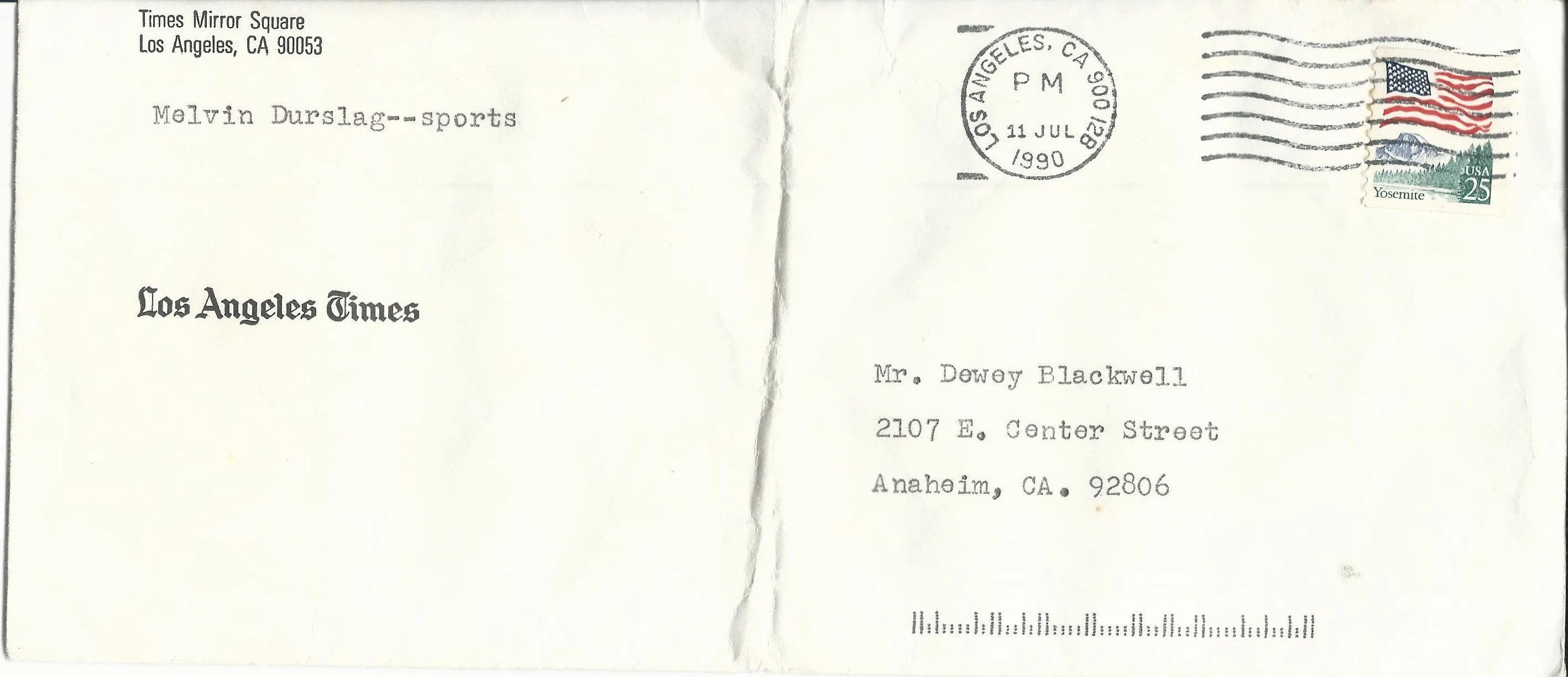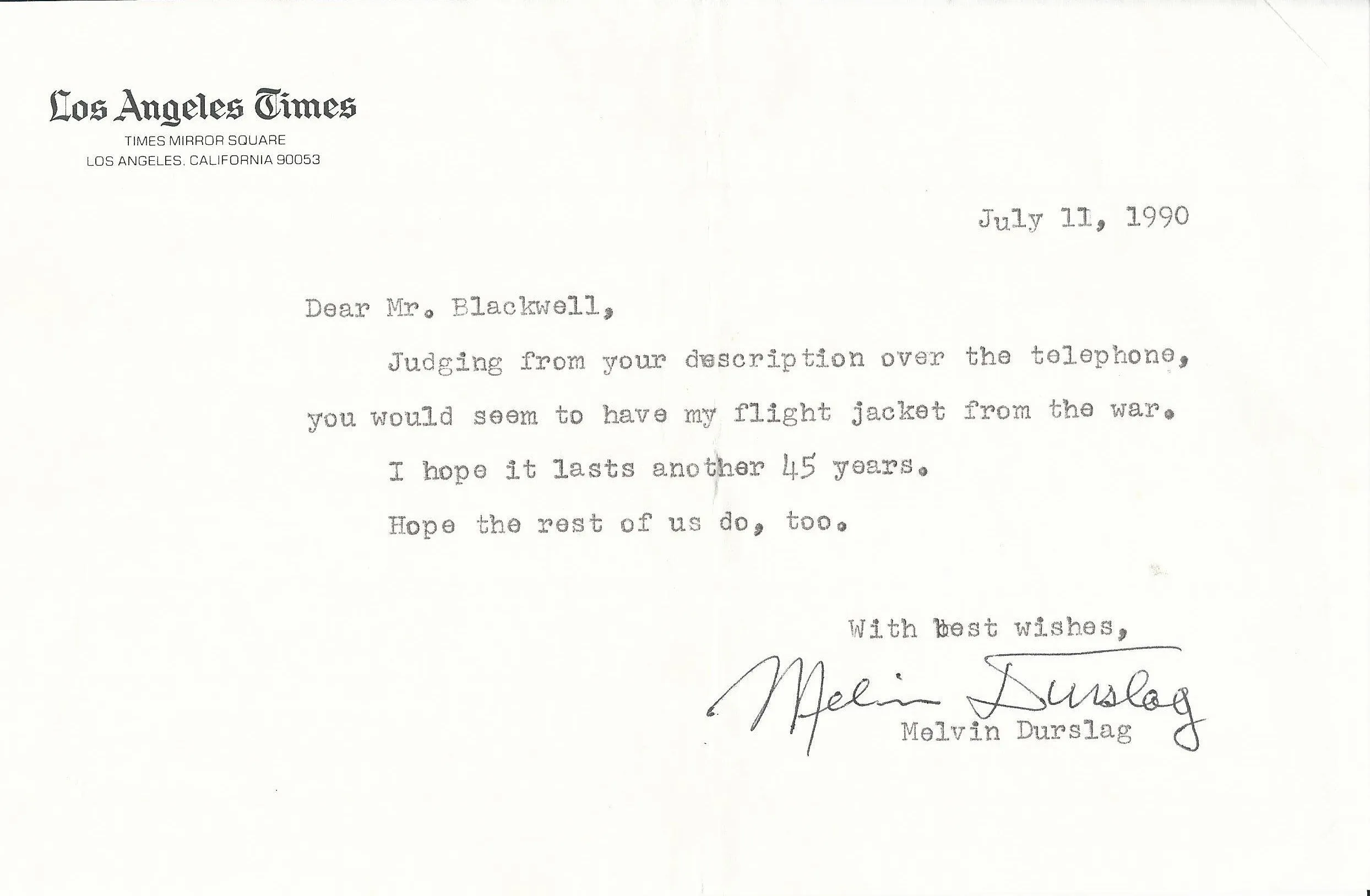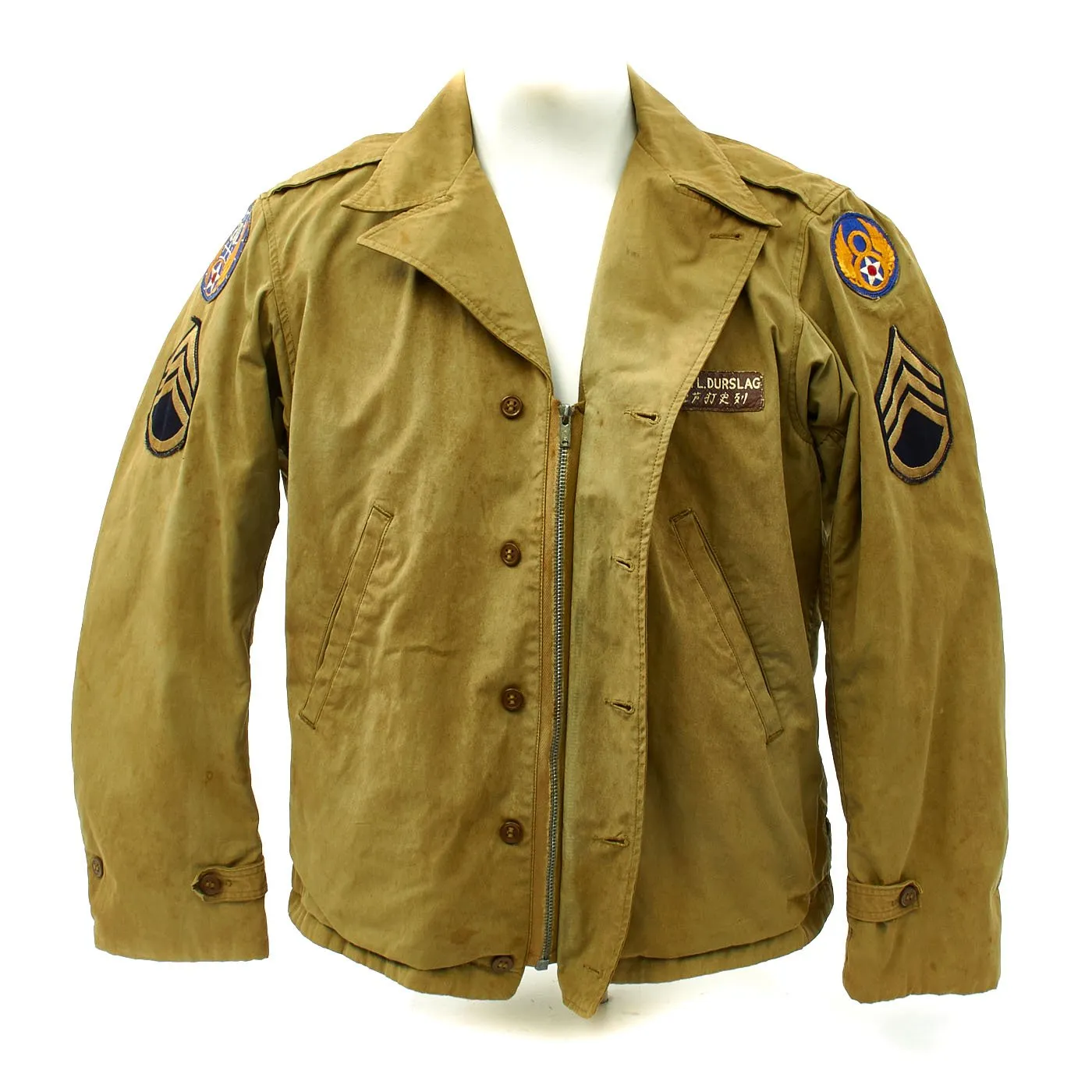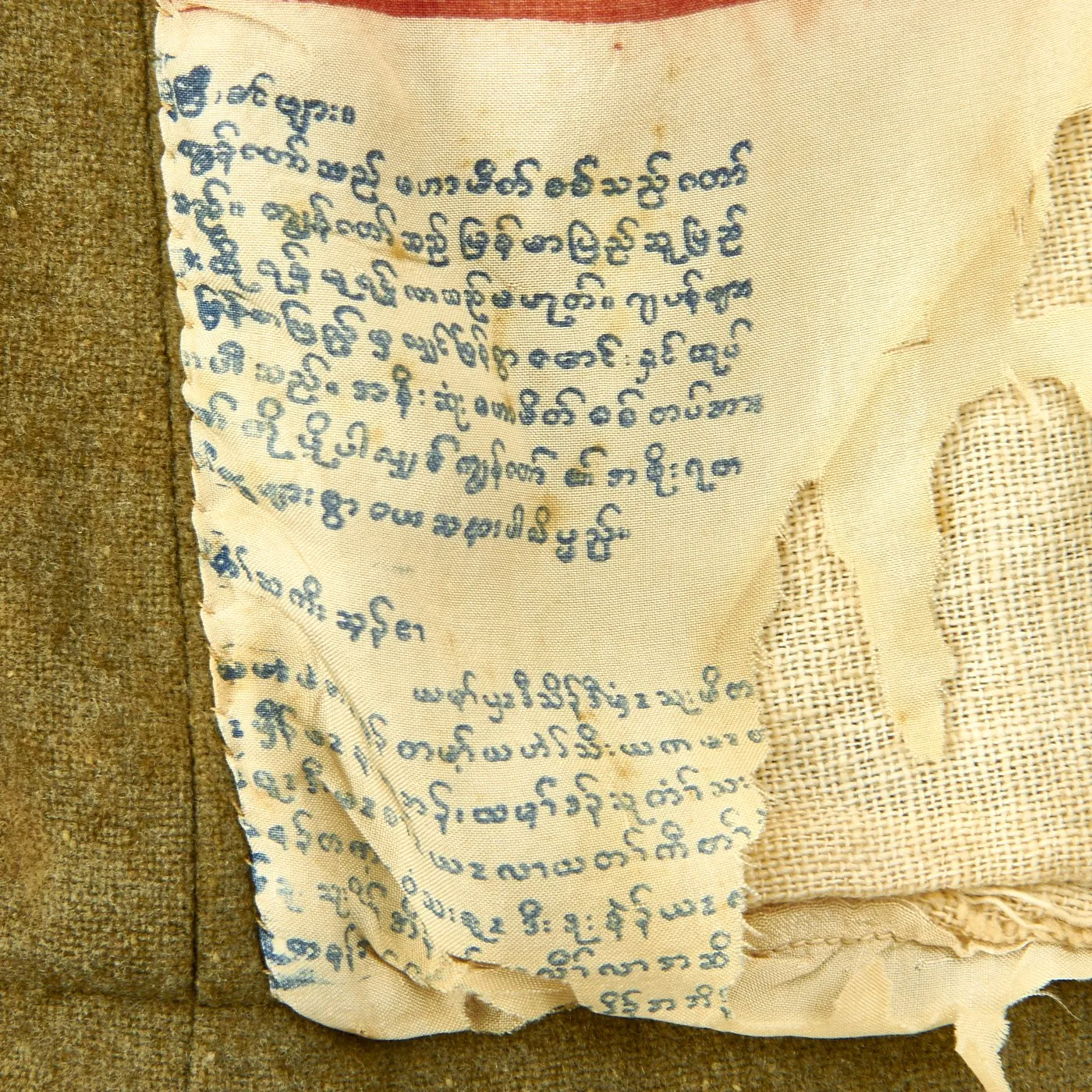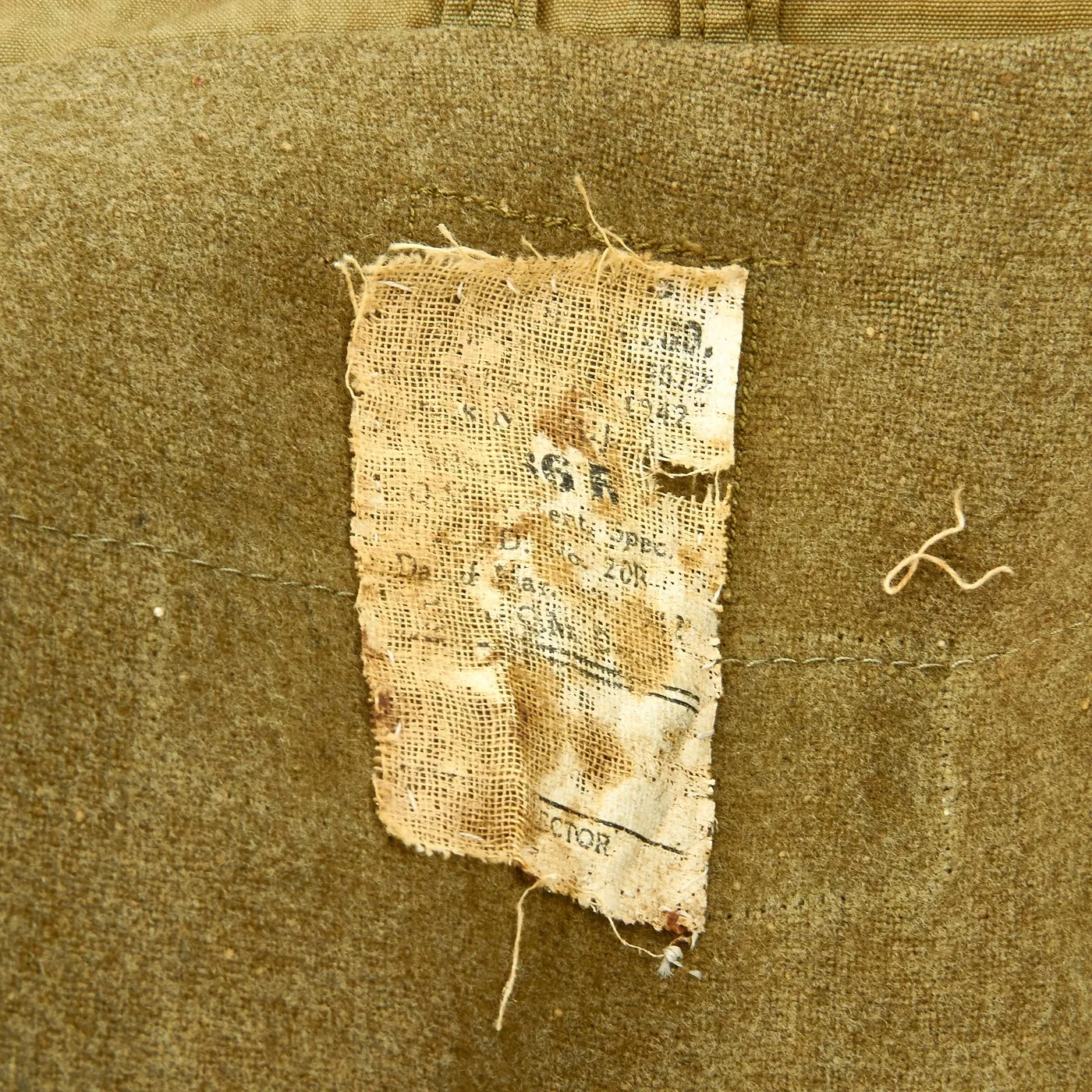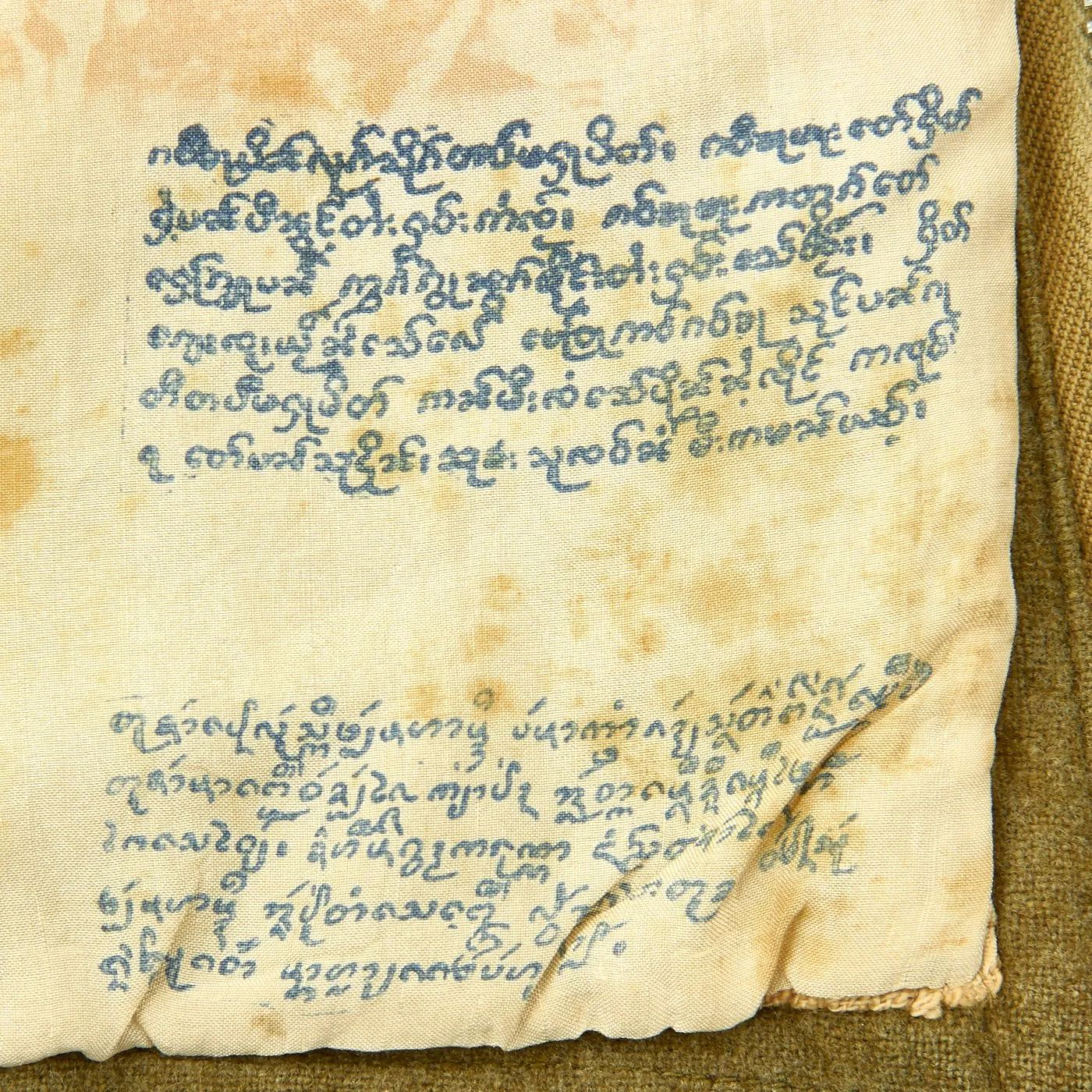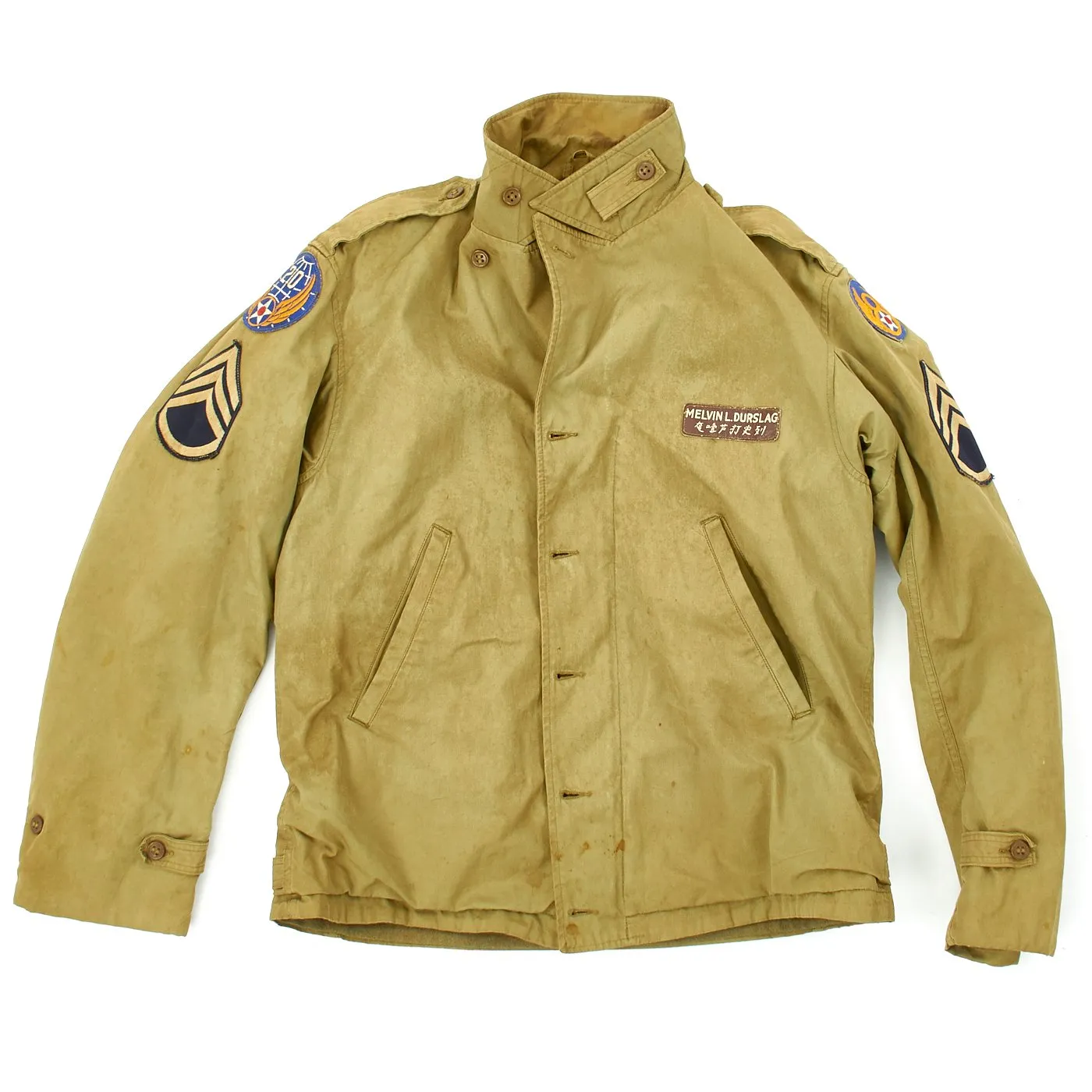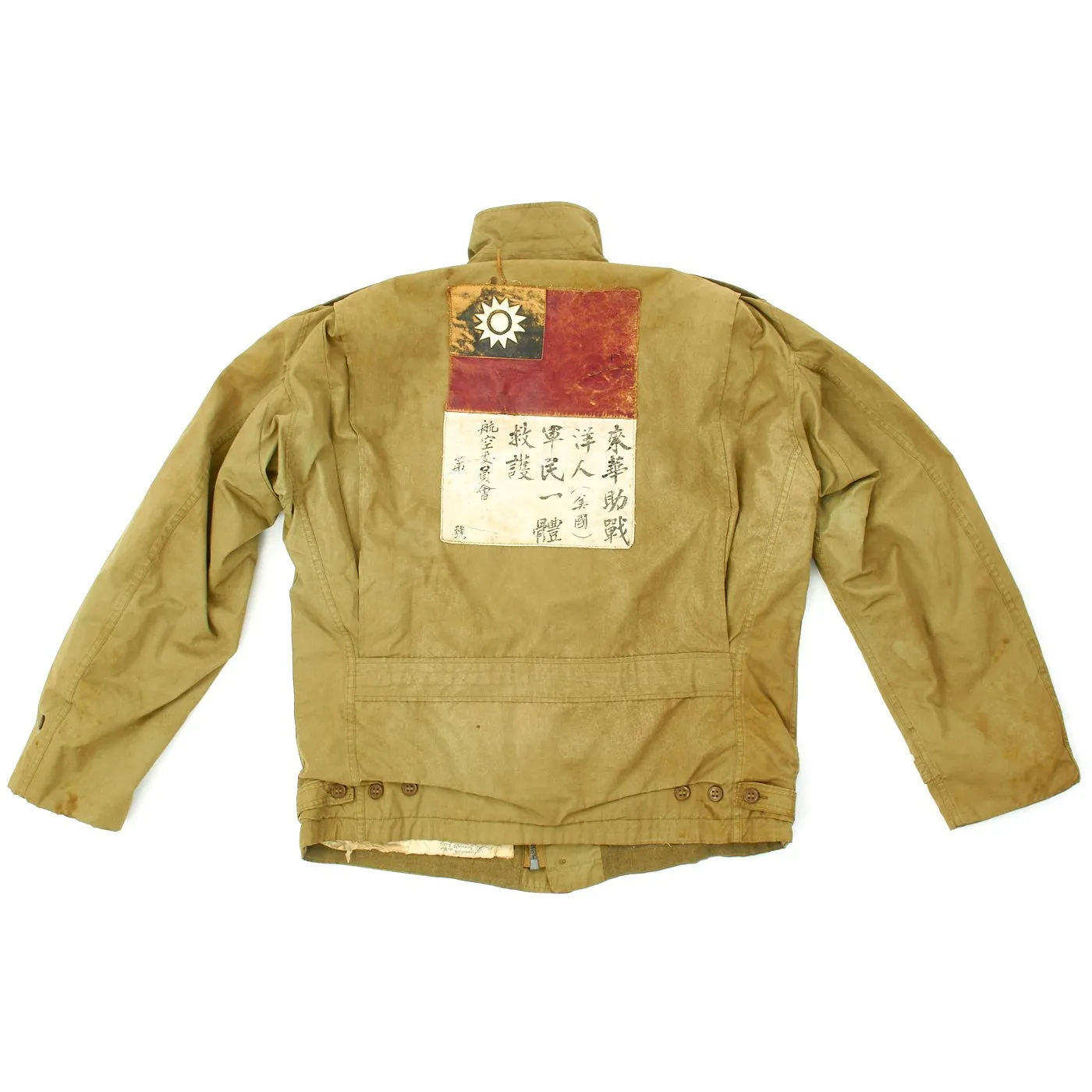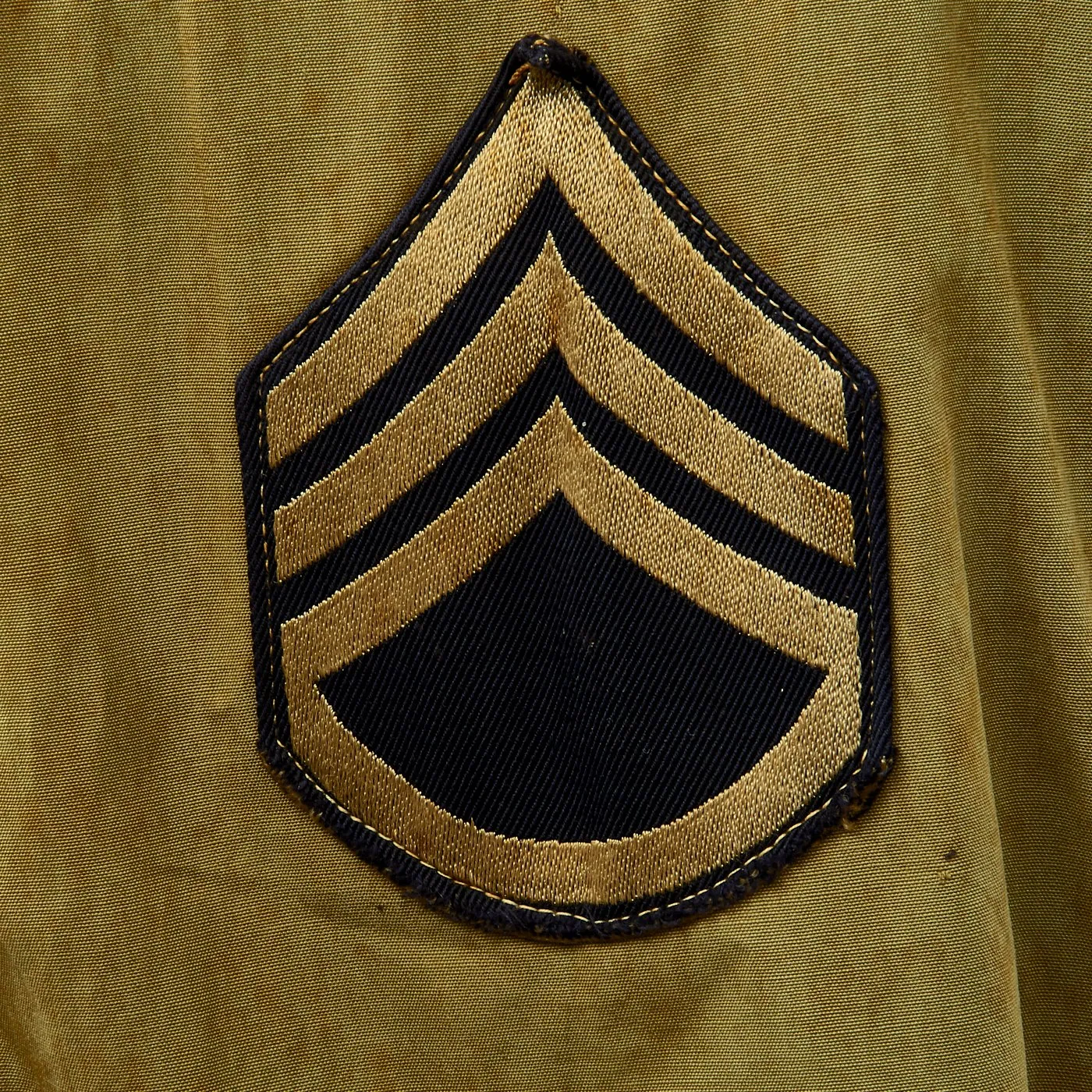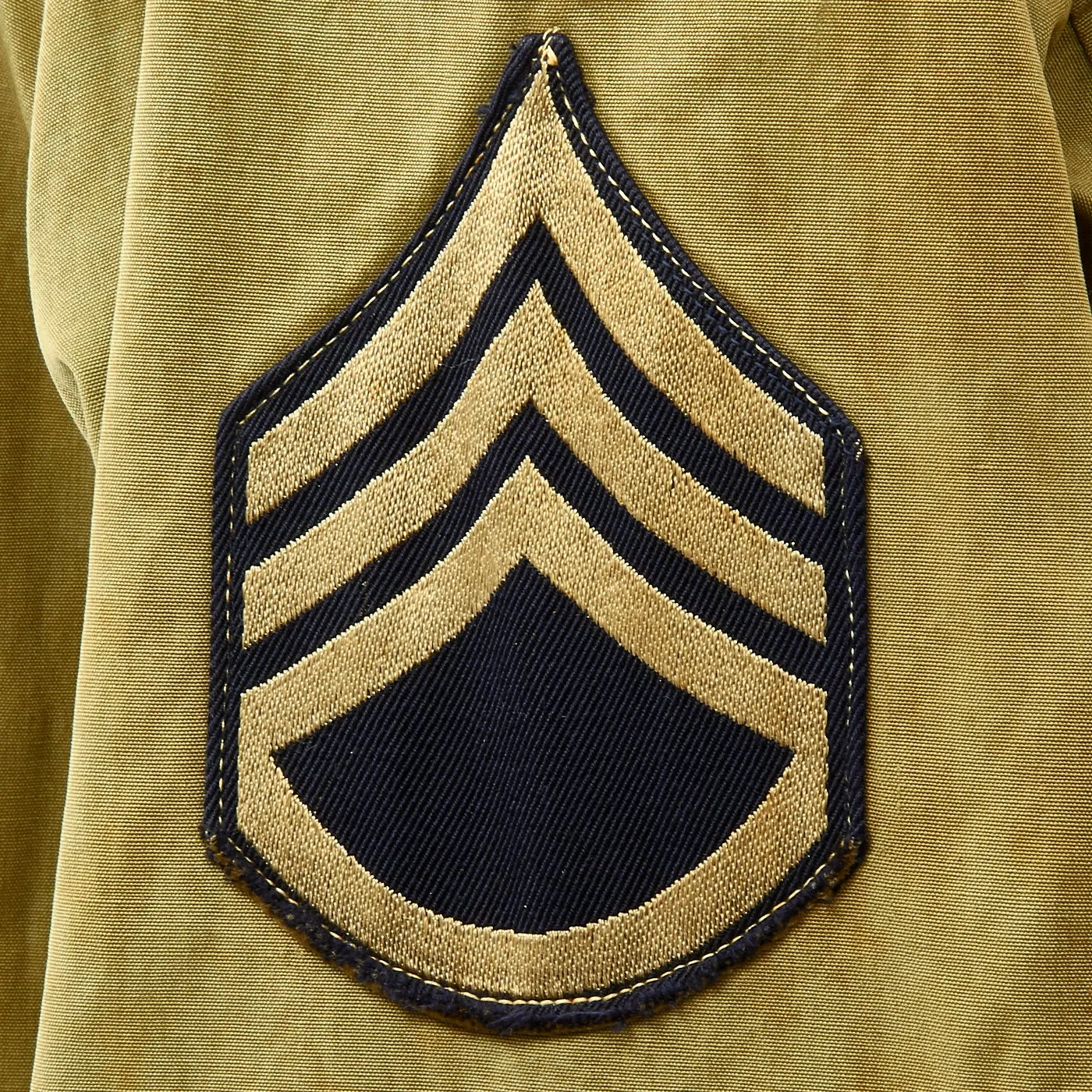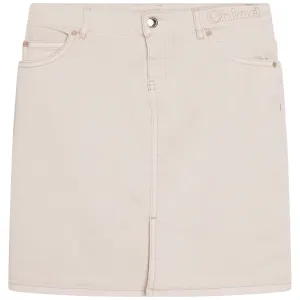Original Item: One-of-a-kind. Melvin "Mel" Durslag, was a major metropolitan newspaper columnists who personified and shaped the golden age of Jewish sportswriters in post-World War II America. At the peak of his career in the 1960s through the ‘80s, Durslag’s byline was published in daily and weekly newspapers and magazines with a combined circulation of some 25-million. This figure was estimated to be higher than that of popular and widely read Jewish advice columnists Dear Abby and Ann Landers.
Durslag began writing for the Los Angeles Herald-Express in 1940. He wrote a sports column for Hearst papers in Los Angeles beginning in 1952 and had a long career at the Los Angeles Herald-Examiner. In 1989, after the Herald-Examiner went out of business, he joined the Los Angeles Times. Durslag contributed an essay on Walter Alston to I Managed Good, But Boy Did They Play Bad. He also wrote a column for many years for TV Guide. Durslag was elected into the National Sportscasters and Sportswriters Association Hall of Fame in 1995.
His journalism career was placed on hold when he entered the Army Air Corps in 1942. He served with distinction in India and China. According to the Los Angeles Daily News, Durslag concluded his military service by writing speeches for legendary Air Corps Lt. Col. Jimmy Doolittle who gained fame for leading his airmen in daring and successful missions along Asia’s Pacific Rim.
Major publications published obituaries upon his demise in 2016. Links can be found at the and the .
Also, included with this jacket is an original signed letter dated July 11th, 1990, written on Los Angeles Times letterhead, Mel describes this M41 field jacket as follows:
Dear Mr. Blackwell,
Judging from your description over the telephone,
you would seem to have my flight jacket from the war.
I hope it lasts another 45 years.
Hope the rest of us do, too.
With best wishes,
Melvin Durslag
The M41 field jacket was routinely used by American pilots as a lighter weight flight jacket in the China Burma India Theater of Operations during World War Two. This example, in size 36R is offered in very good condition and has the following notable features:
- Leather name tag to left chest that reads MELVIN L. DURSLAG with Chinese script.
- Large 10.5" x 8" handmade multi-piece construction leather blood chit with the Chinese national flag stitched to the reverse of the jacket. Stitching across top of the chit is loose and partially missing but otherwise totally secure to back of jacket.
- Silk 9" x 9" blood chit stitched to the interior lining of the jacket (some damage present but 90% in tact).
- Eighth Air Force insignia patch to left shoulder.
- 20th Air Force insignia patch to right shoulder.
- Staff Sergeant Chevrons on each sleeve.
Also included is the original letter on LA TIMES letterhead as well as a printed copy of Mel's draft registration card.
Olive Drab Cotton Field Jacket (also known as OD Cotton Field Jacket, Parsons Jacket, M-1938 or M-1941) was a field jacket used by US Army soldiers, most famously during the beginning of World War II. In 1941 it started to be phased in as a replacement for the wool four pocket service coat, but around 1943 it was replaced in turn by an improved M-1943 model. Due to wide adoption, M-1941 is usually recognized as a symbol of the World War II American G.I.. The jacket was made in a lighter shade of olive drab called OD number 3.
History of the 544th Bomb Squadron:
Activated as a B-26 Marauder Medium Bomber squadron in late 1942, it trained under Third Air Force in southeastern United States. It was reassigned to European Theater of Operations in June 1943, first as part of the VIII Air Support Command, then of the IX Bomber Command in 1944. Engaged in tactical bombardment of enemy targets in Occupied Europe initially from stations in England, after D-Day it moved to Advanced Landing Grounds in France and Belgium, advancing eastward along with the Allied ground. The squadron supported Eighth Air Force strategic bombardment missions over NSDAP Germany and Occupied Europe, striking enemy airfields to obtain maximum interference in Luftwaffe day interceptor attacks on heavy bomber formations returning to England. It also participated in Western Allied Invasion of Germany, March–April 1945, combat ending with the German capitulation in May 1945.
History of the M41 field jacket:
When the US entered the war in 1941, the OD cotton field jacket was the standard outer garment for all army personnel, except those that had other specialist clothing (such as paratroopers, who wore the parachutist's coat and trousers (M-1942/43) Tankers, who were issued the famous (and widely sought-after) tankers jacket, or in extreme cold-climate conditions (parkas in cold weather, etc.). As a result, the field jacket could be seen worn in every theater of war and by nearly every type of soldier, making a rather ubiquitous symbol of the World War II American G.I..
Throughout the course of the war, the OD cotton field jacket proved to be an inadequate outer garment. The jacket's thin lining provided poor insulation during cold weather and the light cotton shell provided little protection from wet weather and wind. In addition, the lighter shade of OD 3 faded quickly and resulted in a beige color, thus compromising the effect of camouflage (many troops in the field found this out the hard way, and often turned their jackets inside-out because the wool lining was a darker shade of OD and didn't gleam in the sunlight like the poplin shell did.
The OD cotton field jacket was officially replaced as standard with the adoption of the M-1943 uniform ensemble, which included the much improved M-1943 field jacket. The OD cotton field jacket was redesignated limited standard and issued until supplies were exhausted. Photographic evidence shows that soldiers continued to wear the older jacket all the way through the end of the war, due to supply shortages and squabbling between the Quartermaster Corps, and field commanders who all had their own ideas of what the troops should "look like".

